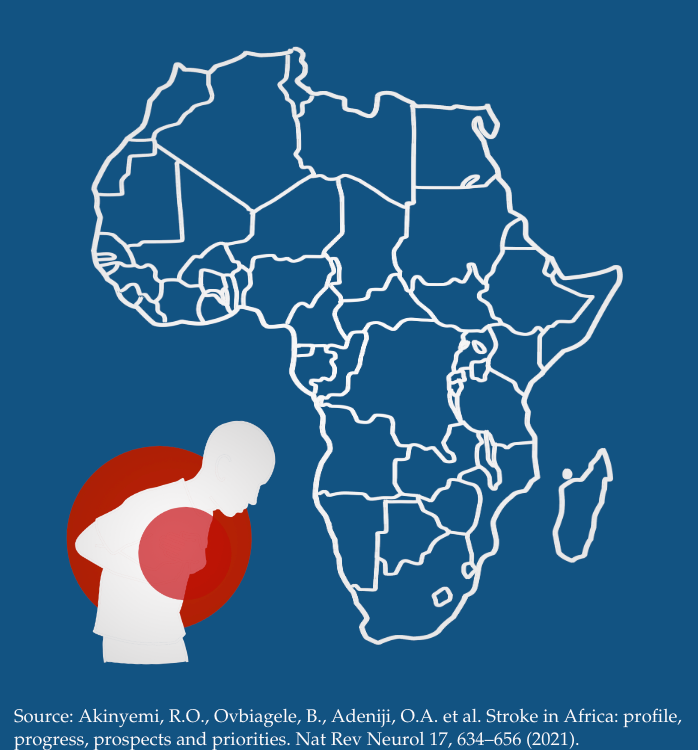The SDGs – What’s Your Baseline?
Some prominent critics have argued that the Sustainable Development Goals (SDGs) aren’t measurable. This is a problem, they say, because for goals to be meaningful, you need a baseline to understand where things are starting and at least one other data point to assess progress. Despite these criticisms, the 17 goals and 169 targets for the SDGs are will likely be ratified next month at the UN General Assembly. Meanwhile, the UN Statistical Division is trying to choose among as many as 1063 proposed indicators. How many will actually be ratified is not clear. Even the most limited set would include 100 global indicators and 69 nationally monitored indicators. This is substantially more than the 61 indicators used to monitor the Millennium Development Goals (MDGs). While baselines are important, experience with the MDGs show that even without good baselines, progress can be made towards important goals. Furthermore, a relatively small increase in support for statistics can go a long way to developing a robust system for monitoring the SDGs.
How important are baselines? We need to start somewhere, but it is helpful to look at how well the international community tracked progress towards the MDGs. The UN’s website on the MDG indicators provides information about how many countries have two data points for each indicator. Two data points is the bare minimum to know if there has been progress towards indicator. Without at least two data points, we don’t know whether things are improving, stagnating, or deteriorating.
The MDG database reports that there are two observations for the percentage of people living in extreme poverty for only 52 percent of developing countries. For maternal mortality rates, only 14 percent of developing countries have two observations. How confident can we be that there has been progress towards the MDGs with so little information? While it is difficult to know if progress has been made for indicators as important as maternal mortality, SDG indicators are being proposed that go well beyond the ability of countries to currently produce. Imagine how difficult it would be for the 86 percent of countries that don’t have two observations for maternal mortality to produce indicators such as “Percentage of 15-year old students enrolled in secondary school demonstrating at least a fixed level of knowledge across a selection of topics in environmental science and geoscience.”
So the problem isn’t baselines. It’s getting regular, reliable measurements on difficult issues. Truly, a data revolution will be required before the SDGs, in all their richness and complexity, can be adequately measured.
The good news is that most countries now have at least one observation for most MDG indicators, and many have embraced the opportunities of the data revolution. We have highlighted some steps local and international actors can take to effectively monitor the SDGs and take advantage of new data innovations and use of new data sources. With the Sustainable Development Solutions Network, we estimate that improving the statistical capacity of the 77 poorest developing countries to measure most of the SDGs would only require an additional $500 million a year on top of the estimated current levels of $500 million a year, of which only $200 million would be needed from aid donors. Such a modest increase will put countries well on their way to monitoring the SDGs.
We also must remember that producing baselines is not enough. Low quality baselines may be worse than no data at all, giving a misleading sense of progress or a lack of progress. Part of the solution is embracing open data and open government and to stimulate greater use of data. When the public can easily access, use, and scrutinize indicators, governments have more interest in funding statistics, and the quality of data will improve.
Zach Christensen is a Research Associate at Open Data Watch. Image credit: Open Data Watch
This guest post is part of a series around data considerations for SDG success; read the first post here.
Share This Post
Related from our library

Demystifying interoperability: Key takeaways from our new white paper
This blog post gives an overview on our latest paper on interoperability, implementing interoperable solutions in partnership with public administrations. Based on over 20 years of DG’s experience, the paper demystifies key components needed to build robust, resilient, and interoperable data systems, focusing on the “how” of data standardization, data governance, and implementing technical infrastructure.

More Smoke, More Stroke
In honor of this year’s World Stroke Day, observed annually on October 29th, this piece aims to raise awareness of the substantial burden of non-communicable diseases–particularly stroke incidents–using the case study of Nigeria, one of the main tobacco production hubs on the continent, in addition to Kenya.

Healthy Farming, Healthy Planet: The Environmental Case Against Tobacco Farming
While all agriculture has an environmental impact, tobacco is unique in that every stage of the tobacco lifecycle–from the production and consumption of tobacco to farming and disposal of the final product–wreaks havoc on the environment. In this piece, we’ll introduce the lifecycle of producing and using tobacco and explore the requisite environmental impact.